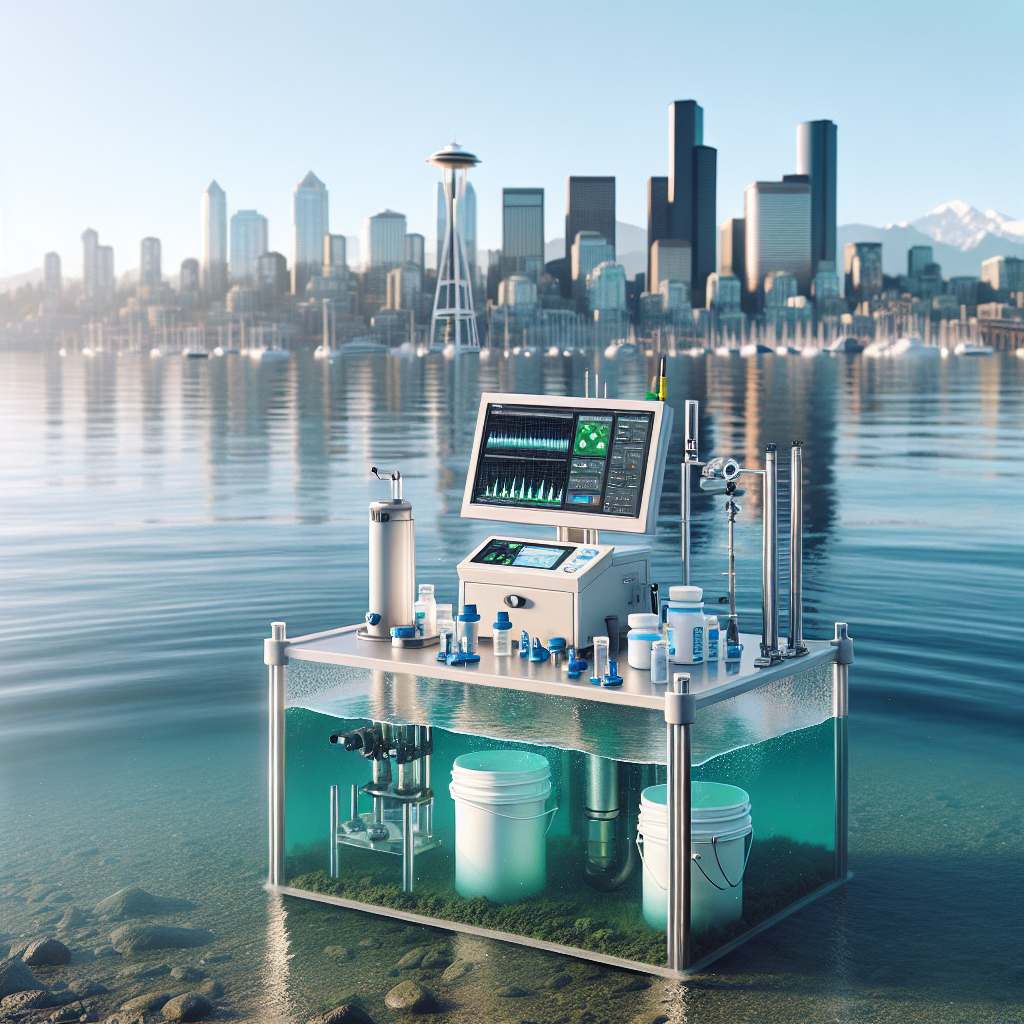Rising Temperatures and Water Quality Challenges in Seattle's Lakes: What You Need to Know

Rising Temperatures and Water Quality Challenges in Seattle's Lakes: What You Need to Know
Seattle's lakes, including Lake Washington, Lake Sammamish, and Lake Union, are beloved recreational spots and vital ecosystems. However, recent research highlights a growing concern: the impact of rising water temperatures and fluctuating water quality on these natural treasures.
The Impact on Aquatic Wildlife
According to King County Environmental Services, rising water temperatures, primarily due to climate change, have significant consequences for aquatic wildlife in Seattle's lakes. Warmer waters lead to lower dissolved oxygen levels, stressing species like salmon and trout. These conditions also foster harmful algal blooms, which can be toxic and disrupt the ecosystem.
Understanding Water Temperature Trends
The University of Washington Climate Impacts Group reports a decades-long trend of increasing surface temperatures in Lakes Washington and Sammamish, consistent with broader climate patterns in the Pacific Northwest. This increase poses challenges for maintaining healthy ecosystems and robust fish populations.
Monitoring Water Quality
Monitoring water quality is crucial for preserving the health of Seattle's lakes. The Lake Sammamish Water Quality Report for 2023 highlights elevated phosphorus levels, a nutrient that can contribute to algal blooms. King County has implemented strategies to mitigate nutrient pollution and improve water conditions.
Environmental and Recreational Impacts
Changes in water quality and temperature are shifting the abundance and distribution of native species. For instance, warmer temperatures result in earlier migrations for some fish, affecting the entire food web. As reported by the Seattle Times, stressed biodiversity can have cascading effects on local ecosystems.
Recreational lake users are also affected. According to the Seattle Public Health Department, harmful algal blooms have led to temporary closures of recreational areas in Lake Washington and Lake Union, posing health risks to swimmers and pets.
Ongoing Research and Adaptive Strategies
Ongoing studies by the University of Washington underscore the necessity of adaptive strategies to preserve aquatic biodiversity. Efforts such as habitat restoration and stricter pollution controls are being explored to combat climate change impacts on lake ecosystems.
Practical Tips for Lake Users
For those who frequent Seattle's lakes, staying informed is crucial. The Seattle Lakes app provides real-time data on water conditions, temperatures, and health advisories. This tool is invaluable for planning safe and enjoyable visits.
Monitoring and Mitigation Practices
Regular sampling of water temperature, nutrient levels, and biological indicators by King County Environmental Services helps understand seasonal patterns and respond to environmental changes. Continued monitoring is essential to safeguard the lakes' health and recreational value.
Seattle's lakes are at a critical juncture. With increased awareness and concerted efforts from both authorities and the public, these vibrant ecosystems can be preserved for future generations.